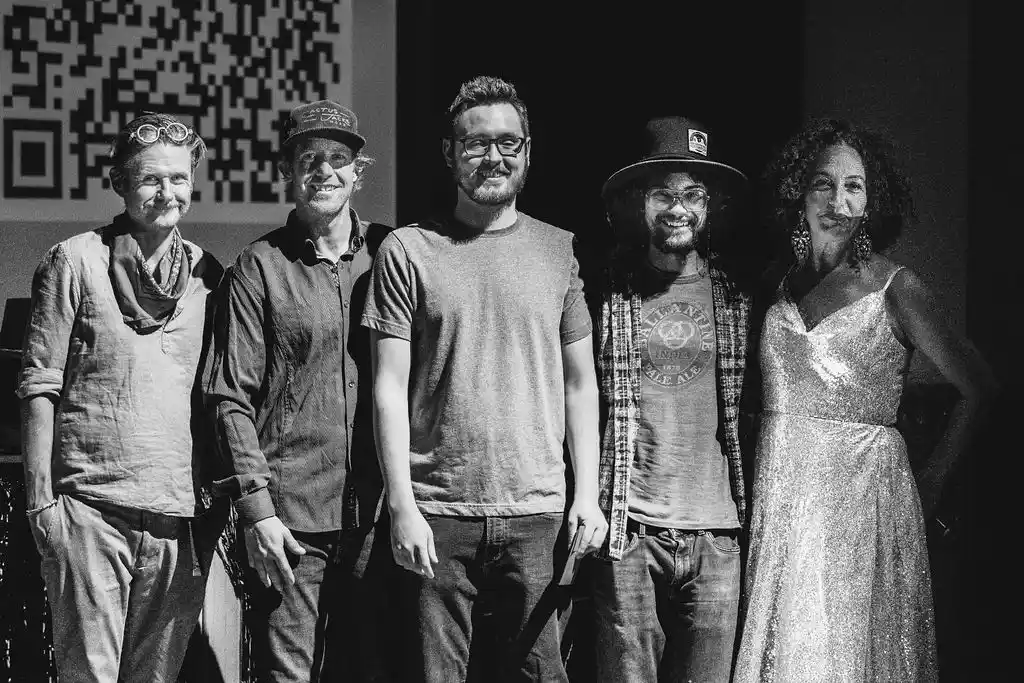“I am no longer accepting the things I cannot change. I am changing the things I cannot accept.” Angela Davis is a famous Civil Rights activist who became an icon for the Civil Rights Movement because she was willing to take action upon the things she couldn’t accept. The Civil Rights Movement spanned the 1950s and 60s, and involved everything from rallies to protests. Although slavery had been abolished nearly one-hundred years previously, blacks and whites still had separate drinking fountains, schools and bathrooms. Angela Davis had a rough childhood, an even tougher life (though she inspired many), but still managed to accomplish things that she is well known for today.
Angela Davis wasn’t always a civil rights activist, she had a childhood like many other African American children at that time. Born January 26, 1944 in Birmingham Alabama, Angela Yvonne Davis lived in a mostly white neighborhood, that was nicknamed “Dynamite Hill” because of the number of black homes that were bombed. In fact, Angela was used to the house shaking and the guns that her father, Frank Davis, always kept close. These are some reasons Angela Davis and her Mother, Sallye Davis (a member of the National Association for the Advancement of Colored People) moved from their home in Alabama to New York City where Angela finished high school. After finishing high school she continued her studies at a University in Massachusetts. In 1963 she joined the Civil Rights Movement upon hearing of the deaths of four girls that had been killed when 15 sticks of dynamite were planted under the steps of the 16th Street Baptist Church in Birmingham. Angela Davis then went to grad school in San Diego. Next, she became a teacher at the University of California. Although from humble beginnings, Angela Davis went on to become more, in other words, a world changer.
As a child, the unfair treatment of African Americans touched Angela Davis’ life daily, so she decided to involve herself in the Civil Rights Movement. While in San Diego, Angela became involved in the Black Panthers Political Party. The Black Panthers were an African American party that supported self-defense and the exemption of African American men from the draft. (They believed it to be unfair to fight for a country in which they didn’t even have full rights.) The second action Angela Davis took in the movement had to do with the Soledad Brothers, whose imprisonment she readily protested. This is when she was sent to jail. Jonathan Jackson attempted to free his brother George by taking hostages. Unfortunately, he ended up killing two jurors, the judge and committing suicide. Angela Davis was charged with first degree murder, even though she had no real involvement with the Marin County Courthouse incident. Her imprisonment was based on claims that Jonathan Jackson’s guns were registered under her name, she was supposedly in love with George Jackson, and that the whole scheme was hers. She was placed on the FBI’s most wanted list and was later caught and spent eighteen months in jail before she was found to be not guilty, and was freed. Her being let free was due mostly to the fact that a huge “Free Angela Davis” movement was started, and that the prosecution was unable to prove anything against her after several unconvincing witnesses described the Marin County Courthouse event. Angela Davis was released from all charges and went on to create the National Alliance Against Racist (and Political Repression). Angela Davis’ involvement in the Civil Rights Movement made her famous, and she remains so.
After her trial Angela Davis continued to involve herself in the rights and well-being and accomplished many things along the way. Only a week after she was released, Angela Davis began to travel around the United States to thank those who had protested her imprisonment. She also asked people to protest other blacks incarceration, saying “If we saw this moment of triumph as a conclusion and not as a point of departure, we would be ignoring all the others who remained draped in chains … we had to preserve and build upon the movement.” She also wrote five books to increase the public’s awareness, not only on the lack of rights for blacks, but also of the lack of power women (especially women of color) had. She wrote the following books: Angela Davis: An Autobiography; Women Race and Class; Blues Legacies; and Black Feminism: Gertrude “Ma” Rainey, Bessie Smith, and Billie Holiday. She also ran for vice president of the Communist Party, though she didn’t get the position. Angela Davis eventually returned to teaching, which she still does. She currently teaches history of consciousness courses at the University of California. As you can see, not only did Angela Davis work hard to give African Americans rights, but she also accomplished much more.
Angela Davis was raised to be a civil rights activist, she became one, and all of her accomplishments are still in play today. Angela Davis was a figurehead of the Civil Rights Movement. She worked hard to get rights for African Americans, recognition for black women, and proper treatment of colored prisoners. Angela was instrumental to removing segregation and to raising the questions of why African Americans were treated like lesser beings. Be like Angela Davis and don’t let anything stop you, as she said, “Walls turned sideways are bridges.”
February was Black History Month, and to mark the occasion, students in Sophia Sopuch’s seventh-grade English class at Grand County Middle School wrote essays about Angela Davis. The Moab Sun News is highlighting their work with an essay from student Maggie Groene. Sopuch said that she was excited to focus on Davis because of her involvement in the civil rights movement. It was a week of many firsts, she said, as her students not only learned about Davis, but also about the KKK, the Black Panthers and the corruption of the justice system. “We’ve redesigned the racial caste system through our current criminal justice system,” Sopuch said. “It’s all people of color … While Angela herself may be a controversial example, there are still thousands wrongfully imprisoned due to the color of their skin.” Sopuch said that Maggie’s essay is thorough and detailed. “My favorite part of her essay is the ending,” she said. “She wraps up a beautiful gift with a bow.”





